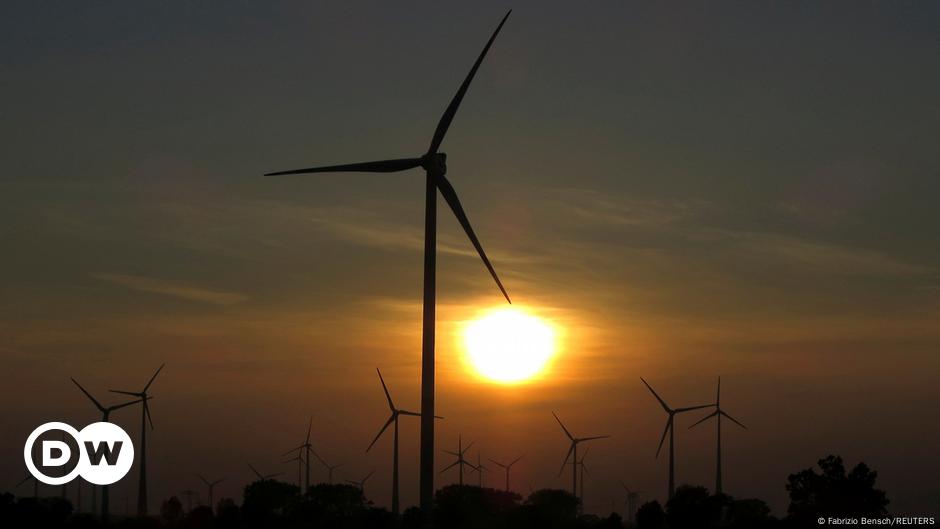Summary
In 2024, Germany increased its reliance on renewable energy, which accounted for 59% of electricity generation, up from 56% in 2023.
Wind energy led with 31.9%, followed by solar at 14.7%.
Despite a 0.9% rise in electricity consumption, total energy generation fell by 4.2% to 431.7 TWh, driven by declines in conventional sources.
Lignite (16.4%) and natural gas (13.2%) remained key fossil fuels.
This was Germany’s first full year without nuclear power after its 2023 phaseout, aligning with its 2045 climate-neutrality goal.



They work great with renewables because they do what renewables can’t - provide consistent and reliable power output. They’re base load generators.
That works only for a small amount of renewables. Who gets to produce if there is more production than consumption?